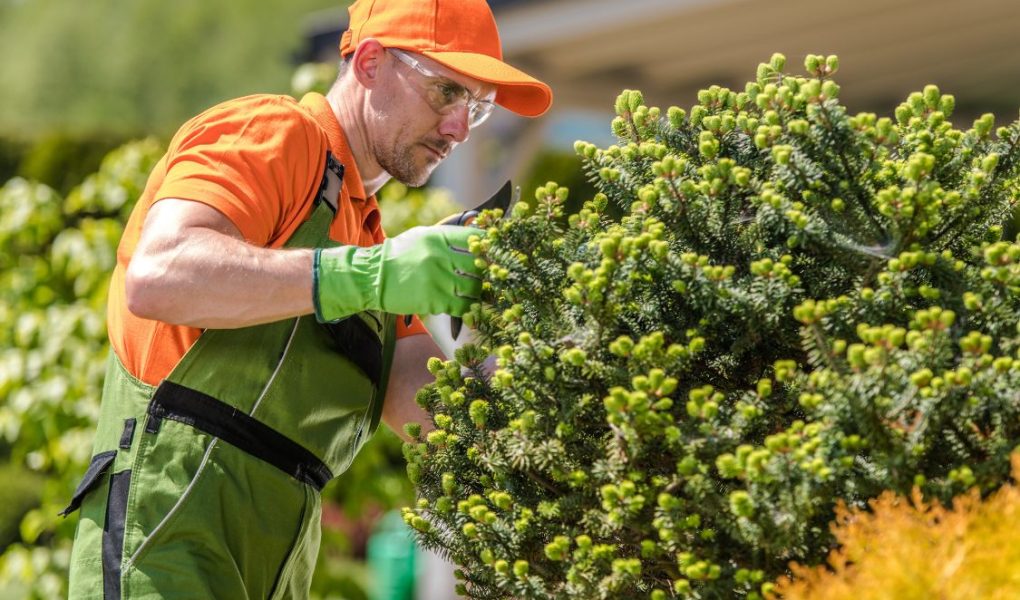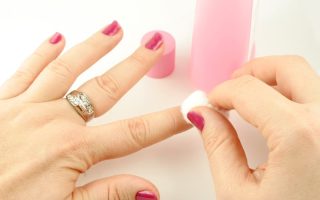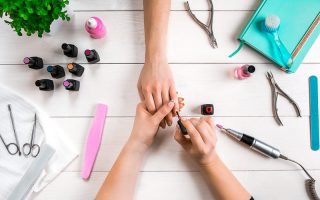Gardening is a fulfilling hobby that brings us closer to nature and provides numerous benefits for our mental and physical well-being. However, the physical nature of gardening can be tough on your nails. It’s important to take care of them to prevent damage and infection. This guide will help you protect your nails while enjoying your time in the garden.
The Importance of Nail Care for Gardeners
Gardening involves a lot of hands-on activities like digging, planting, and handling soil and plants. These activities can cause your nails to become dirty, damaged, and susceptible to infections. Dr. Benjamin Barankin, a dermatologist and author of “The Skin Whisperer,” emphasizes the importance of nail care for gardeners to prevent damage and infection. Keeping your nails healthy not only improves their appearance but also prevents pain and more serious issues.
Common Nail Problems for Gardeners
Nail Damage
Nail damage is common among gardeners. This includes splits, cracks, and breaks due to the physical strain on nails.
Nail Infections
Nail infections can occur when dirt and bacteria get trapped under the nails. This can lead to redness, swelling, and pus, which may require medical attention.
Dry and Brittle Nails
Constant exposure to soil and water can strip the nails of their natural oils, leading to dryness and brittleness.
Tips to Protect Your Nails While Gardening
Wear Gloves
Wearing gloves is one of the simplest and most effective ways to protect your nails while gardening. Melissa Piliang, a nail technician and educator, advises wearing gloves whenever possible to protect your nails from harsh chemicals, dirt, and debris. Choose gloves that fit well and provide adequate protection without compromising dexterity.
Keep Nails Trimmed
Keeping your nails short and trimmed reduces the risk of breakage and makes it easier to clean them after gardening. Use clean, sharp nail clippers to trim your nails straight across, then gently file the edges to smooth out any rough spots.
Moisturize Regularly
Leanne Ford, a nail care expert and founder of Elle and Eve Nail Salon, recommends moisturizing your nails and cuticles regularly to keep them healthy and strong. Apply a rich hand cream or cuticle oil after washing your hands and after gardening to replenish lost moisture.
Clean Nails Thoroughly
After gardening, clean your nails thoroughly to remove any dirt and bacteria. Use a soft nail brush to scrub under your nails gently. Avoid using harsh soaps that can dry out your skin and nails.
Use Nail Hardeners
Nail hardeners can help strengthen your nails and prevent breakage. Look for products that are free of harsh chemicals and apply them according to the instructions.
Handling Nail Damage and Infections
Recognizing Signs of Damage
If you notice any signs of damage or infection, such as discoloration, tenderness, or pus, consult a doctor or nail technician immediately, advises Dr. Susan Bailey, a podiatrist and author of “The Complete Guide to Healthy Feet.” Early intervention can prevent more serious issues and keep your nails healthy.
Treating Infections
For minor infections, keep the affected area clean and dry. Apply an over-the-counter antibacterial ointment and cover with a bandage. For more serious infections, seek medical advice. You may need prescription medication to treat the infection effectively.
Preventing Future Problems
To prevent future nail problems, maintain a regular nail care routine. This includes keeping your nails trimmed, moisturized, and protected while gardening. Regularly inspect your nails for signs of damage or infection and address any issues promptly.
Statistics on Nail Health for Gardeners
A cross-sectional study published in the Journal of Dermatology and Dermatologic Surgery titled “The Effect of Gardening on Nail Health” found that gardeners are at a higher risk of nail damage and infections due to their frequent exposure to soil and water. Another study, “Nail Care Practices Among Gardeners,” published in the International Journal of Environmental Research and Public Health, highlighted the importance of protective measures such as wearing gloves and maintaining good nail hygiene to prevent these issues.
Personal Insights
From my own experience, wearing gloves has significantly reduced the amount of dirt and damage to my nails while gardening. I also found that keeping my nails trimmed and moisturizing them regularly helped prevent them from becoming dry and brittle. A friend of mine, who is an avid gardener, shared that she uses a nail brush and mild soap to clean her nails thoroughly after gardening, which has helped her avoid infections.
Creating a Nail Care Routine
Developing a consistent nail care routine can make a big difference in maintaining healthy nails. Here’s a simple routine to follow:
Before Gardening
- Trim and File: Keep your nails short and smooth to reduce the risk of breakage.
- Apply Moisturizer: Use a rich hand cream or cuticle oil to protect your nails from dryness.
- Wear Gloves: Choose well-fitting gloves to protect your nails from dirt and chemicals.
After Gardening
- Clean Thoroughly: Use a soft nail brush and mild soap to clean under your nails.
- Moisturize Again: Reapply moisturizer to restore lost moisture.
- Inspect Nails: Check for any signs of damage or infection and address them promptly.
Conclusion
Nail care is an essential part of maintaining overall health, especially for gardeners who expose their nails to dirt, water, and physical strain. By following simple tips like wearing gloves, keeping nails trimmed, moisturizing regularly, and cleaning thoroughly, gardeners can protect their nails from damage and infection. Regularly inspecting your nails and addressing any issues promptly can ensure that your nails remain healthy and strong, allowing you to enjoy your gardening activities without concern.



